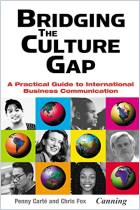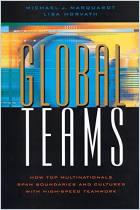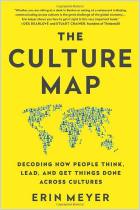
When Teams Collide
Managing the International Team Successfully
Recommendation
Communications consultant Richard D. Lewis builds on his international experience to address a big stumbling block for global companies: the inability of people on multinational teams to cooperate. Members’ conscious or unconscious cultural assumptions lead to the danger of unintentionally offending (or being offended by) other members. Lewis warns of the hazards of stereotyping various nationalities, and then he takes that risk often, though he bases his descriptions of cultural inclinations on extended research into cooperation on multinational teams. He says understanding leaders can overcome team members’ widely differing organizational, linguistic and ethical perspectives. Your reaction will depend on whether you see his descriptions as illuminating or stereotyping. Lewis does provide practical steps for resolving cultural conflicts in 11 pivotal areas. Each chapter ends with case studies and includes well-intended but hard-to-interpret graphics. Fortunately, getAbstract finds the written text stands on its own.
Summary
About the Author
Richard D. Lewis is the chairman of Richard Lewis Communications, which provides international cross-cultural and language training. He worked for five years in Japan as a tutor for the imperial family.





















Comment on this summary or Comenzar discusión